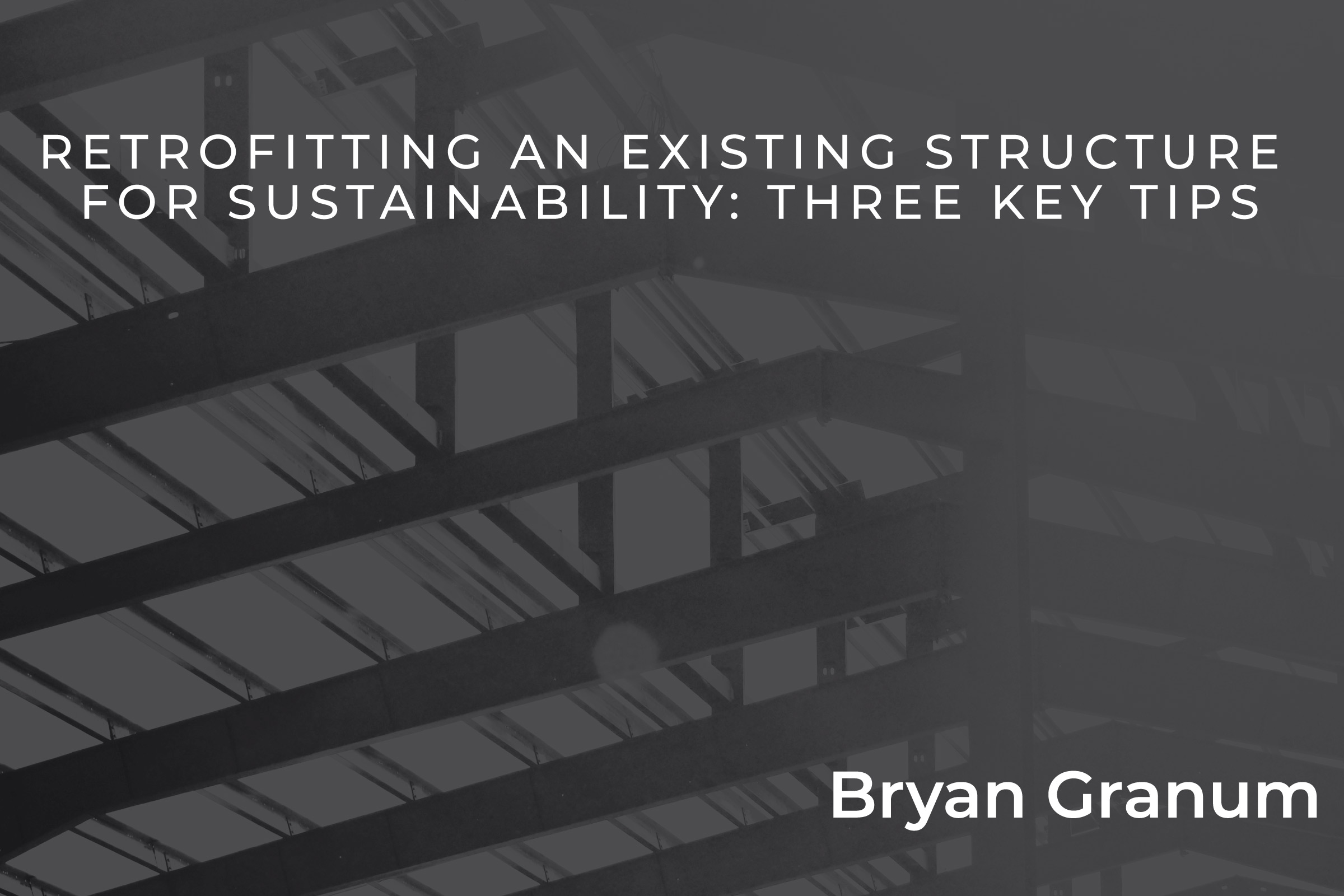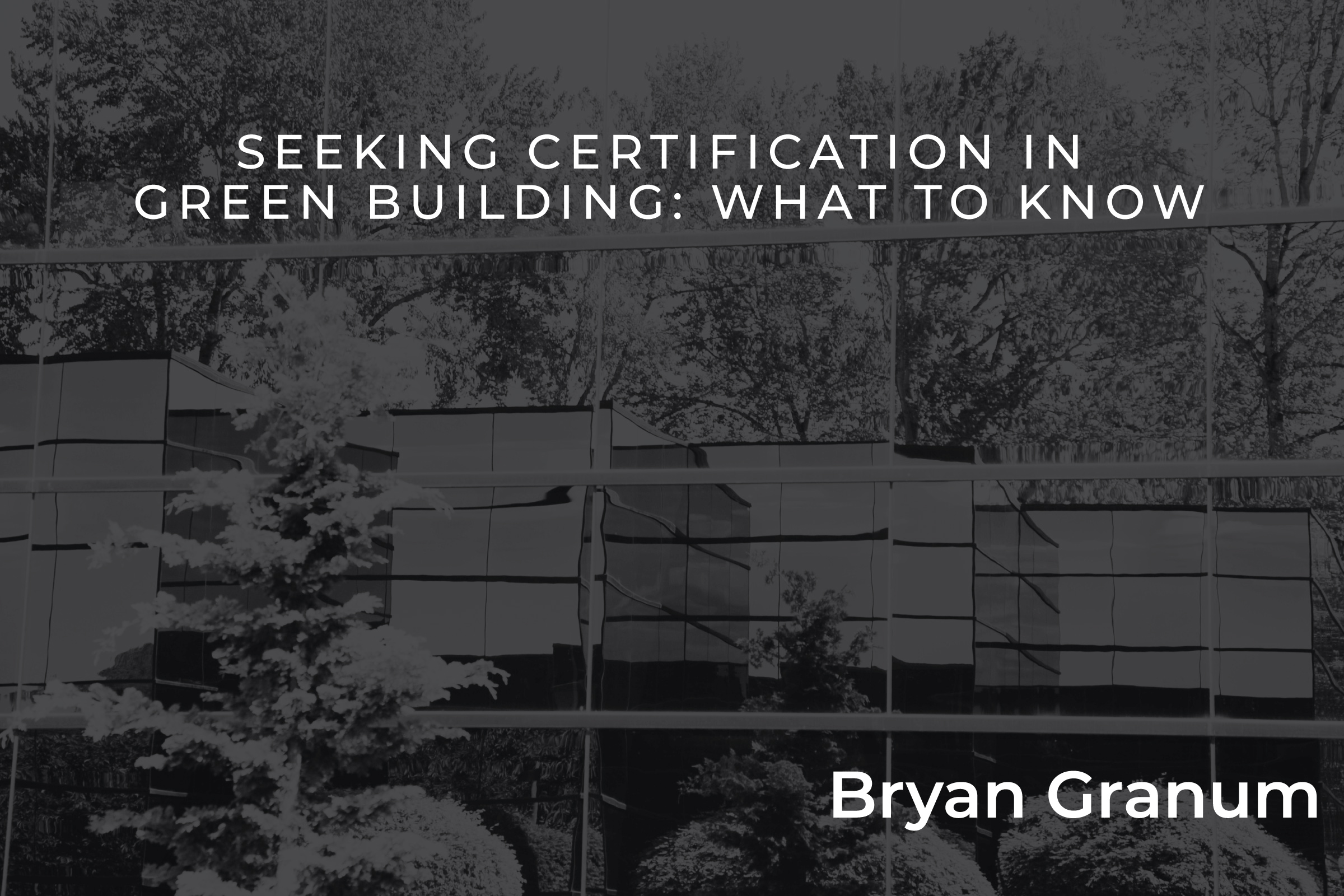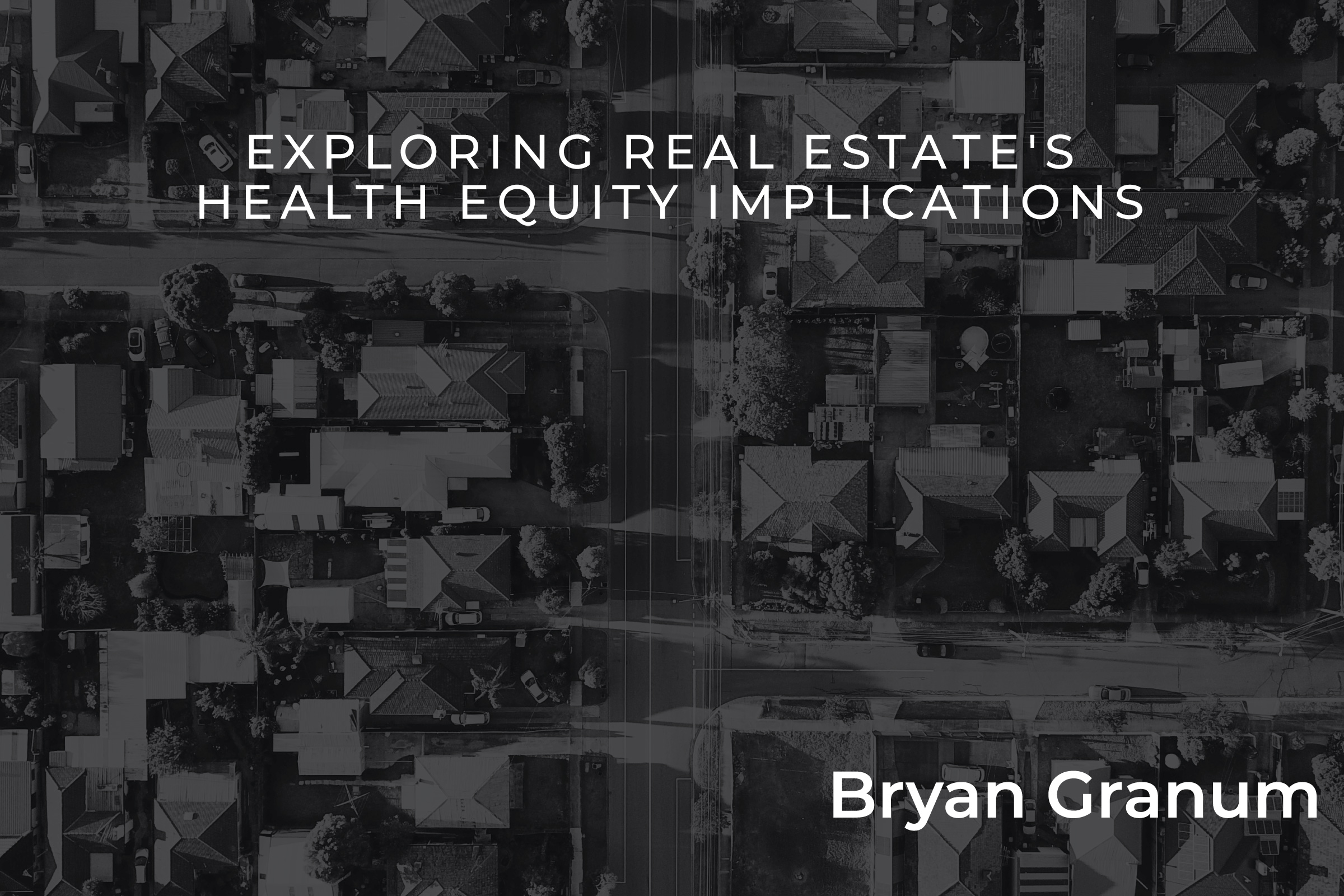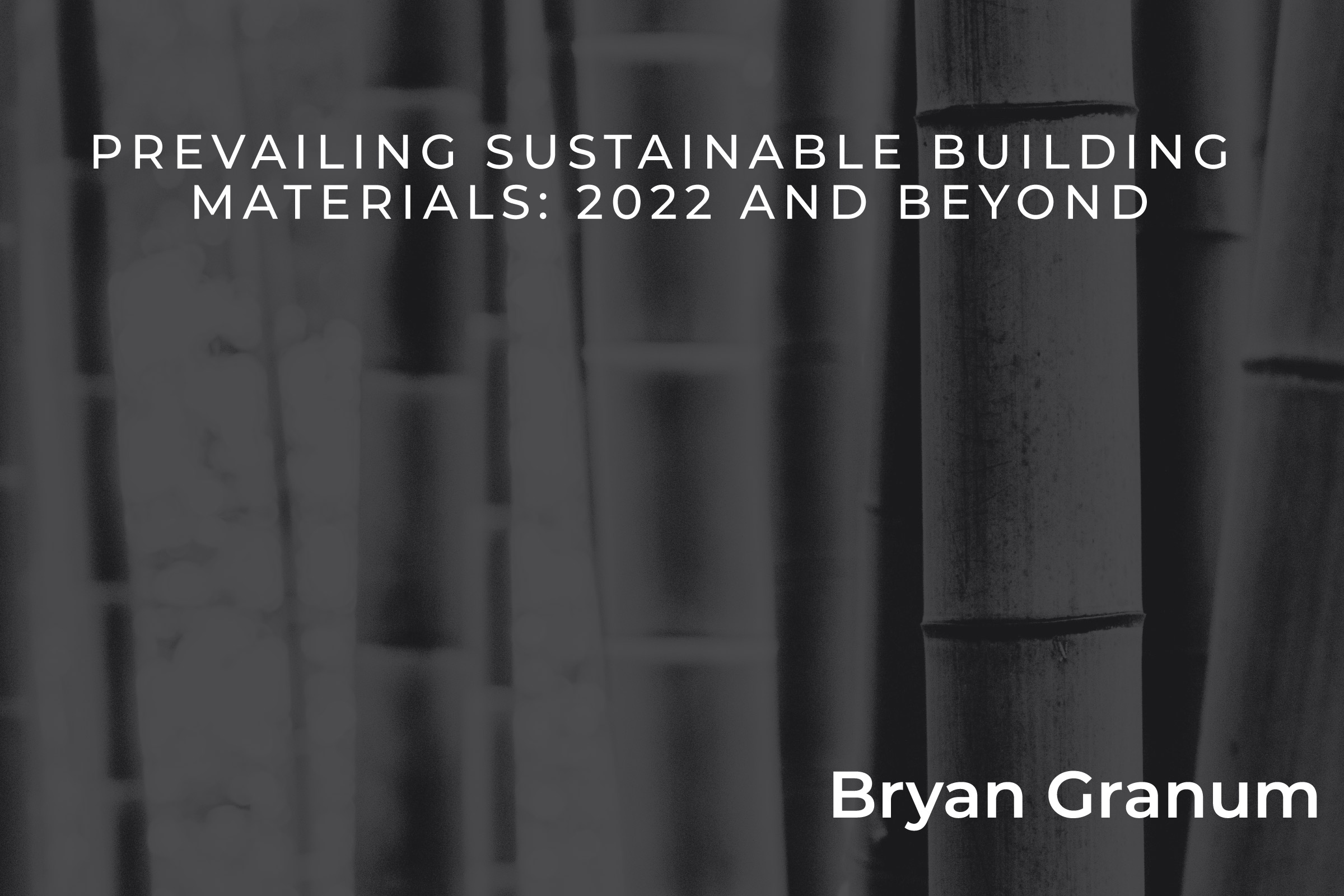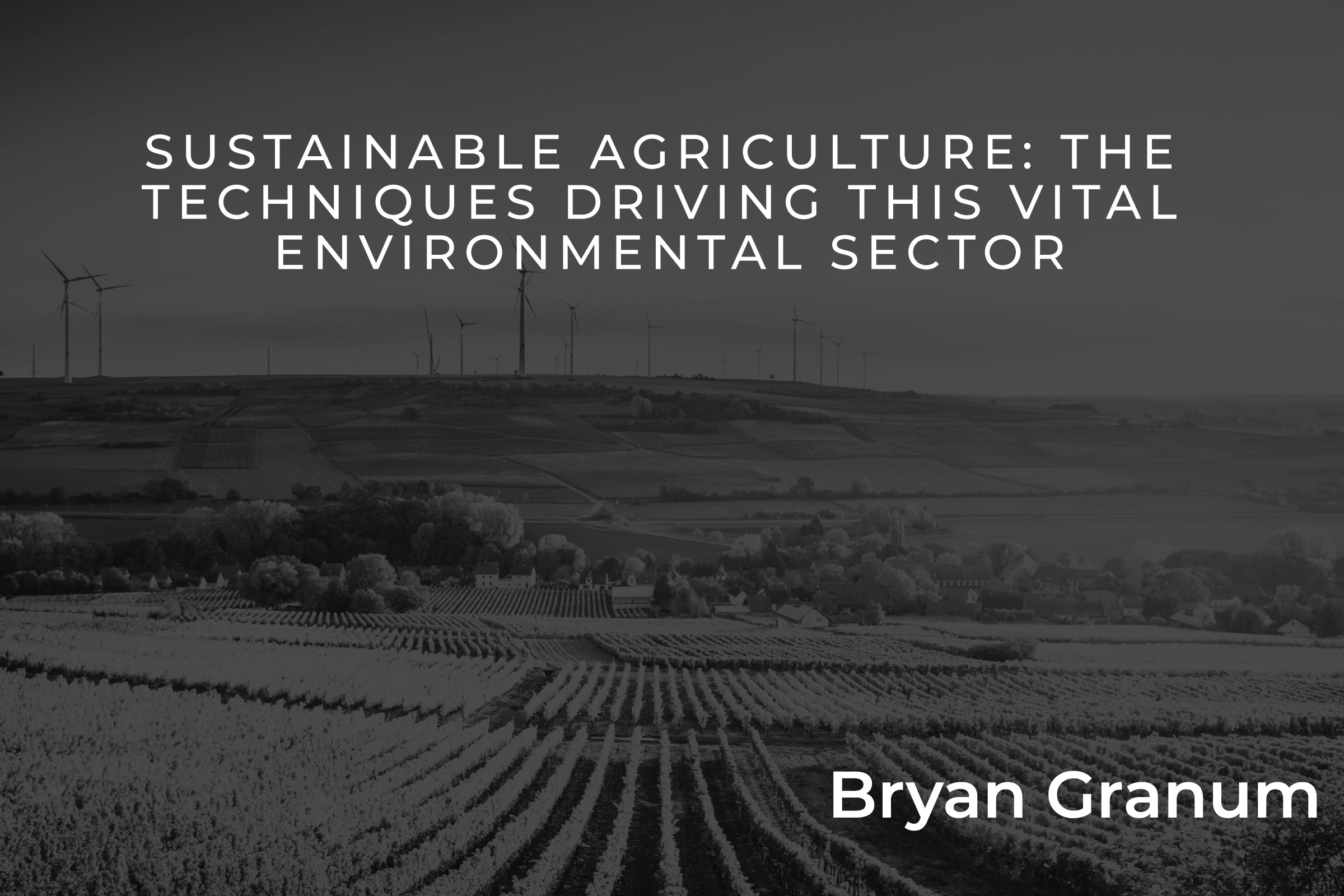Throughout the early 2020s, many prominent industries have faced a crucial upheaval regarding their current environmental and social sustainability practices. To remain competitive and relevant, today’s businesses must uproot existing infrastructure and ideologies to meet a growing need for environmental stewardship and socially conscious decision-making.
Real estate arguably exemplifies this demand more than any contemporary field; its sustainability implications are immediate — from eco-friendly shifts in construction to socially focused real estate investing. However, while these changes have undeniable benefits for the environment and a wider range of community demographics, they tend to focus primarily on pending structures. This approach is helpful in that it is forward-thinking and future-focused, but what about the multitude of existing buildings in need of a sustainability overhaul?
Luckily, there are several ways to retrofit existing structures and help them contribute to a greener, more socially accommodating future. Here are three impactful ways to begin this process today.
Sustainability Auditing
The best way to begin your sustainability overhaul is by performing a full-scale sustainability audit, assessing various aspects of your building’s existing strengths and weaknesses. This crucial process is both simple in theory and complex in execution. You may start by splitting audit focal points into environmental considerations (existing energy use, water consumption, etc.) and socially focused ones (building accessibility, current impact on surrounding communities, etc.). Once you have actionable fields on both fronts, align the necessary funds, personnel, and resources to make them a reality — all while maintaining all (if any) building characteristics that already contribute to a more sustainable footprint.
Use the audit as a chance to convey corporate or managerial responsibility for sustainability, emphasizing the importance of upcoming changes for both building longevity and the greater good of the environment and society.
Eco-Data Visualization
On the environmental side of the retrofitting spectrum, one great technique is to implement a clearer form of eco-data visualization, illustrating how (and how much) building energy is used daily. An Internet of things (IoT) retrofit is one of the best and most affordable ways to achieve this goal, using sensors, connected applications, and other compatible devices to track and display crucial energy metrics.
By offering real-time visibility to energy consumption, building managers can better inform tenants, workers, and other consistently present individuals of their energy use. In turn, these findings could tease out glaring deficiencies in existing energy infrastructure, which might inspire structural changes such as a shift to solar power or a new means of handling in-building food preparation.
Transparency and Community Engagement
In recent years, real estate regulatory bodies and industry investors have adapted to reflect a growing need for social justice and systemic reform. Outliers, in this sense, risk fading into obsolescence as the world strives for a more socially conscious, empathetic tomorrow.
Therefore, you should center your sustainability retrofit on community engagement and social transparency. Start with an assessment of current community and worker-focused details: does the building already take steps to engage with the surrounding community? Are building workers treated and compensated fairly? If the building is a business, how does it give back to the community? These factors can produce broader discussions on equity, diversity, and consideration for neighboring homes and institutions.
Meanwhile, identified deficiencies can become the topic of community outreach initiatives, with building personnel working alongside community figures to generate a seamless, symbiotic approach to economic and social stability. As noted in a recent Forbes article, these interactions should ideally lead to building management changes (and future investment and planning considerations) conducive to better health and wellbeing, economic growth, communal sustainability, and reduced inequalities.
